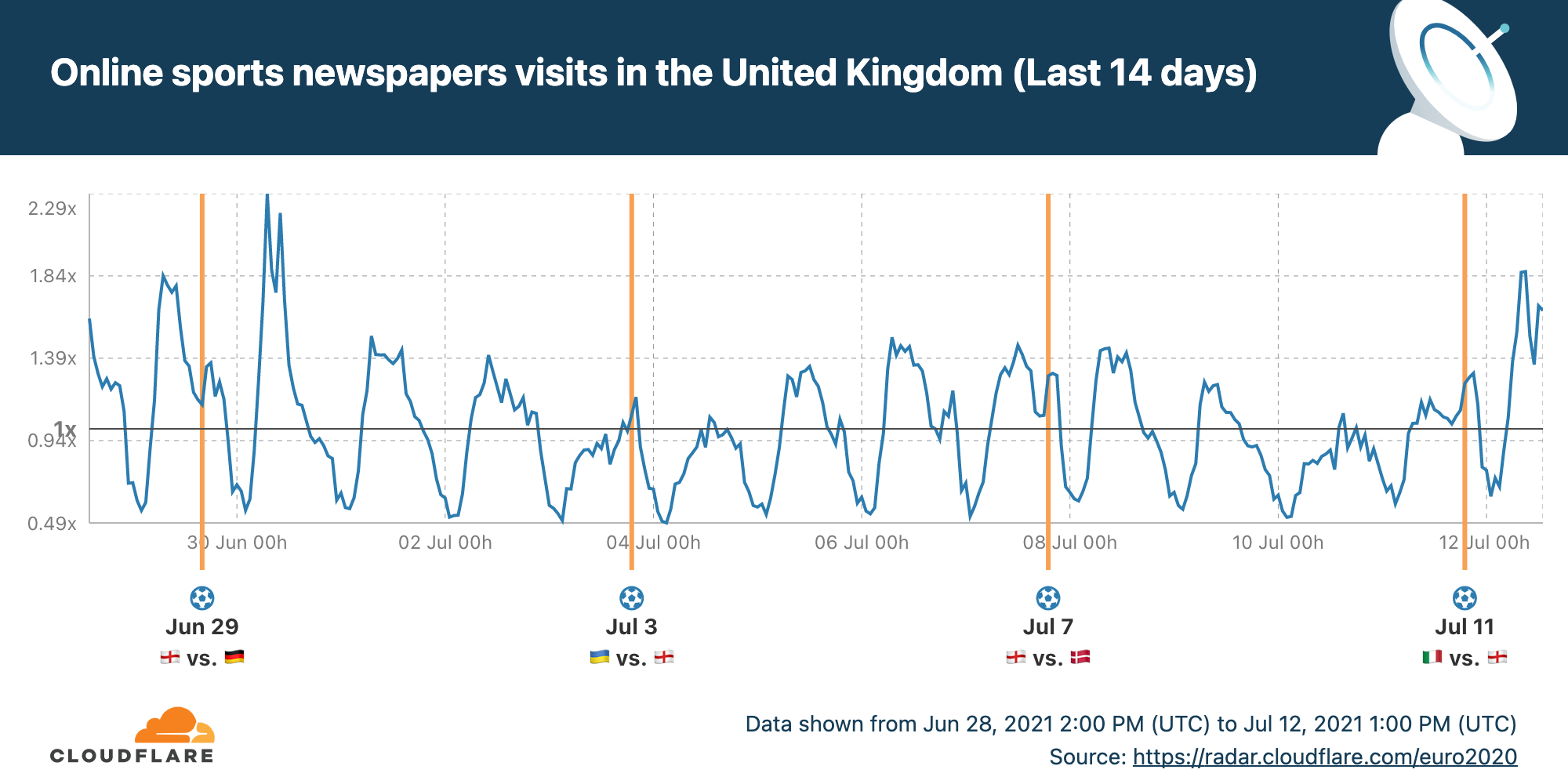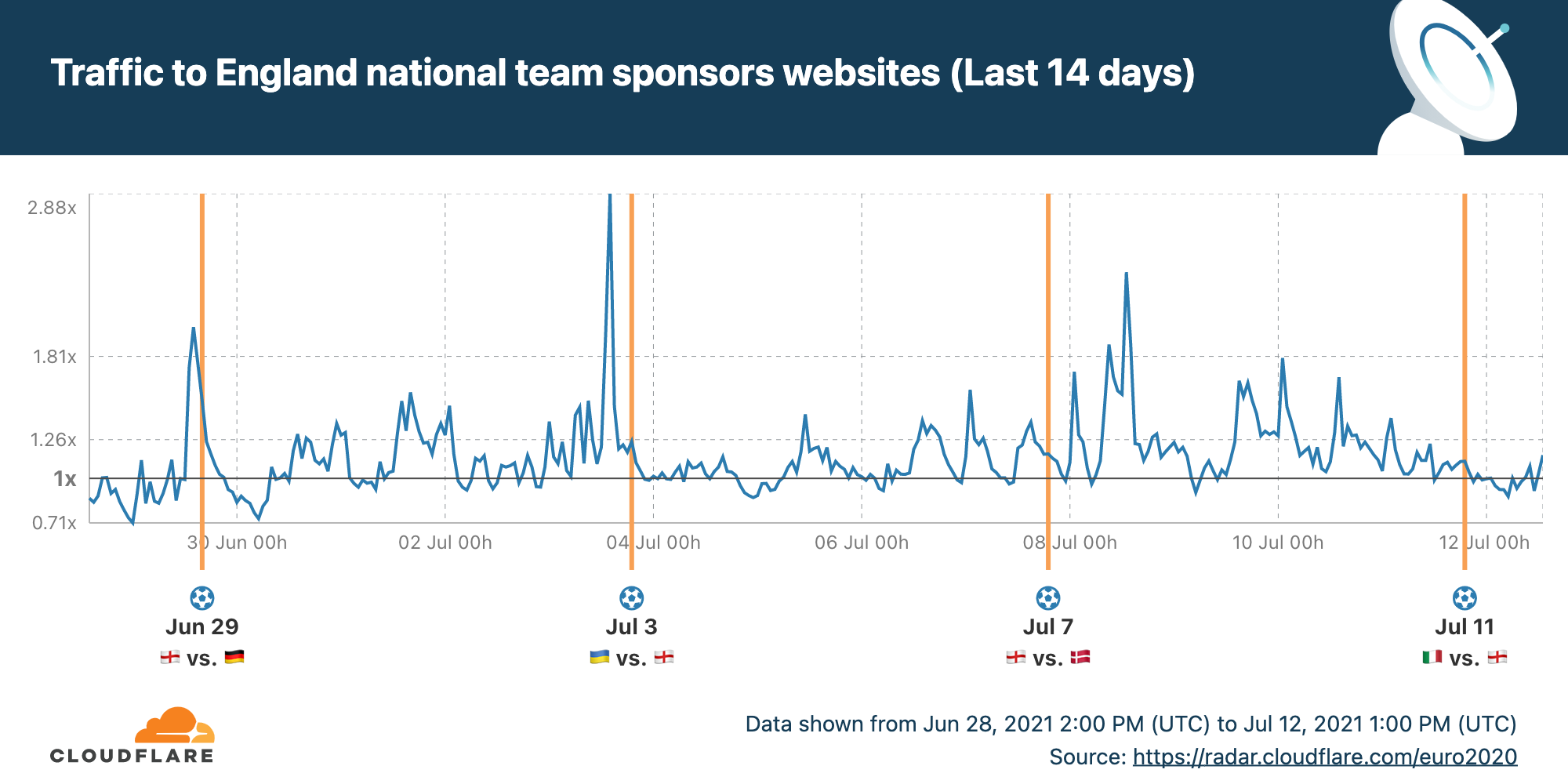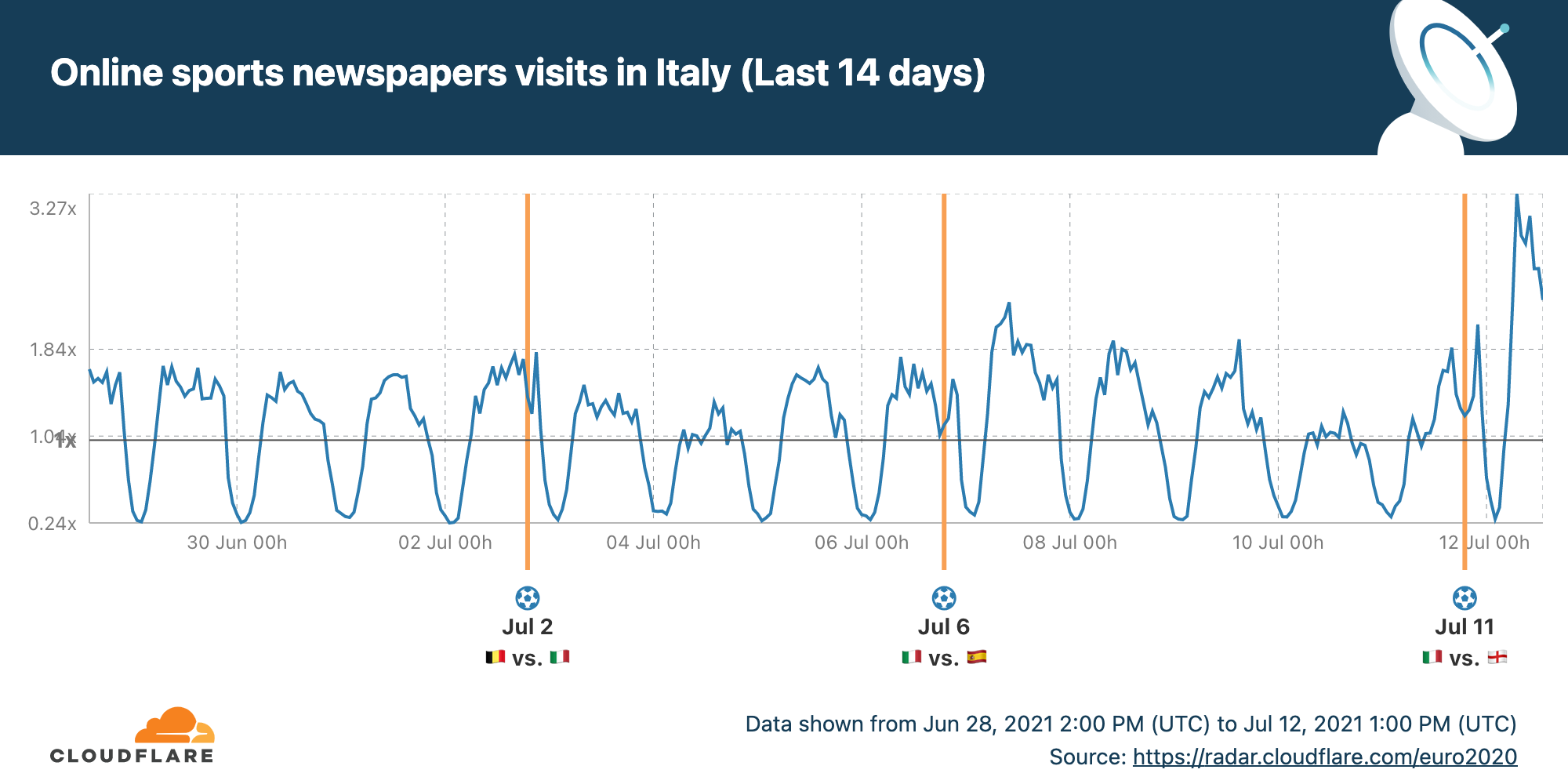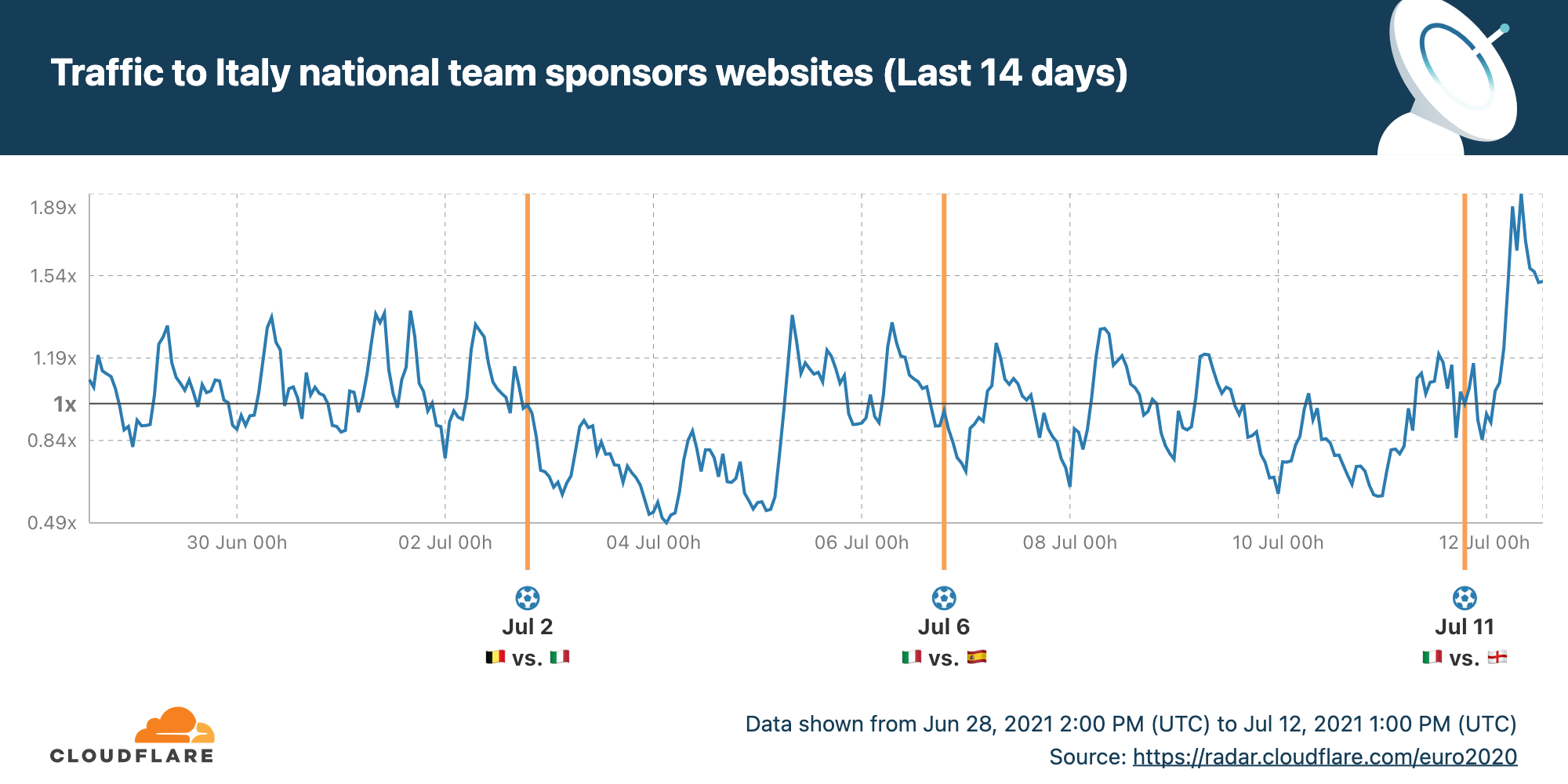NATs, PATs, and Network Hygiene
While reading a research paper on address spoofing from 2019, I ran into this on NAT (really PAT) failures—
The authors state 49% of the NATs they discovered in their investigation of spoofed addresses fail in one of these two ways. From what I remember way back when the first NAT/PAT device (the PIX) was deployed in the real world (I worked in TAC at the time), there was a lot of discussion about what a firewall should do with packets sourced from addresses not indicated anywhere.
If I have an access list including 192.168.1.0/24, and I get a packet sourced from 192.168.2.24, Continue reading








